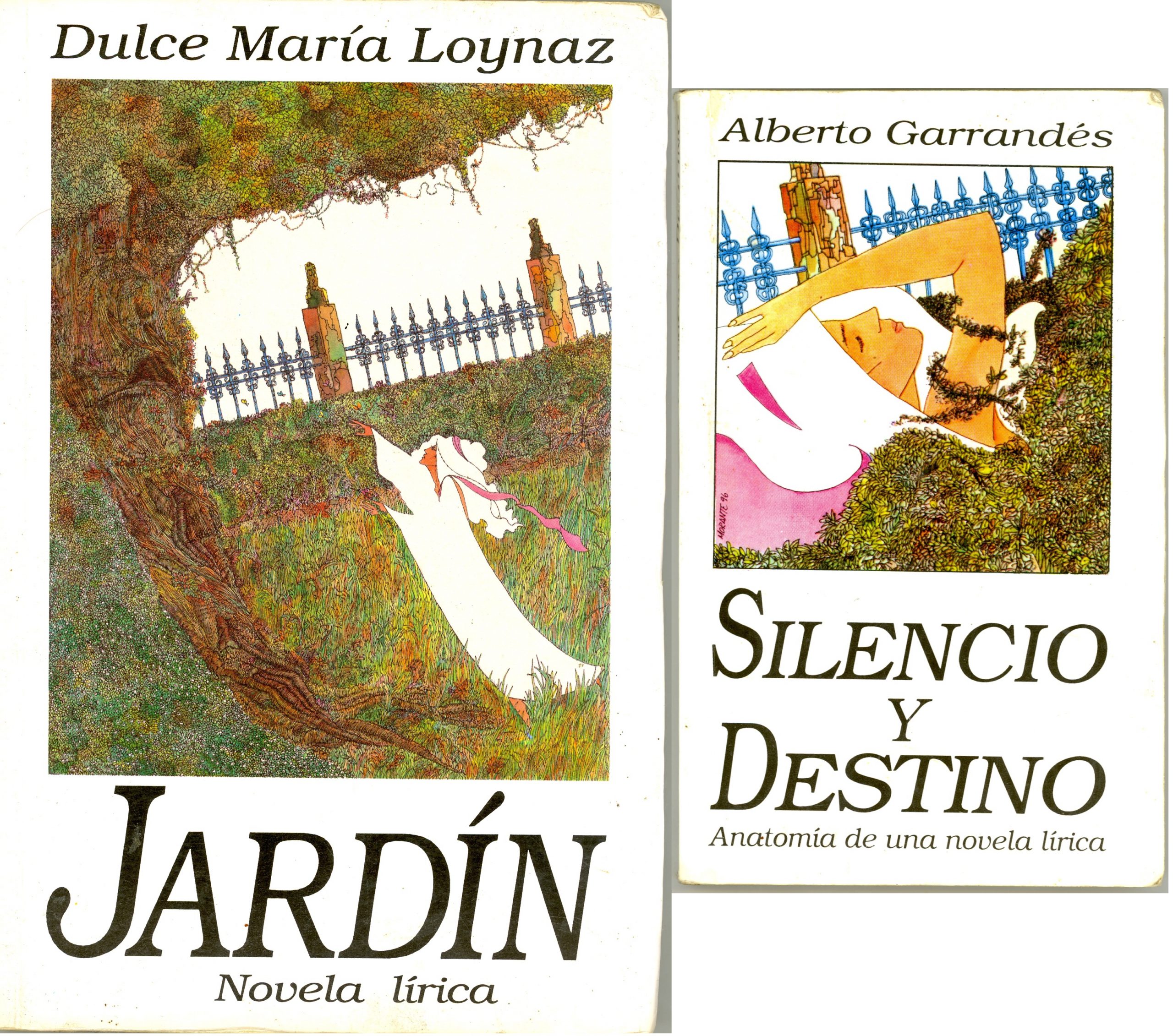4.1.1.16.5 “Garden”, a lyrical novel by Dulce María Loynaz, 1951

Although the novel “Jardín”—described as lyrical by its author, as the purely narrative aspect takes a practically secondary role—was completed in 1935, it wasn’t published until 1951, in Madrid. In it, the author displays exquisite literary taste and a refined command of the language, from which she squeezes all its lyrical juices.
In the prelude to the work, the author says: “This is the incoherent and monotonous story of a woman and a garden. There is no time or space, as in Einstein’s theories. The garden and the woman are on any meridian of the world—the most curved or the most tense—and at any degree—the highest or the lowest—of the circumference of time. (…) Nothing, however, frees it from being an untimely book, even though a woman and a garden are two eternal motifs; just as the roots of the world come from a woman in a garden.”
Barbara, as Loynaz called her character, encapsulates some of the poet’s vital attitudes in this confined life; but she also identifies with traits of feminine psychology, whose inner world has been recreated in successions of images of profound aesthetic significance.
The text constitutes, more than a narrative in the strict sense, the connection of lyrical reflections that subverts the linearity of time, as sometimes occurs in Dulce María Loynaz’s own poetic work, to capture Bárbara’s life as an indiscernible totality in successive events.
From an epistolary point of view, the letters that Dulce María writes have a value per se insofar as they manage to convey the content of a tenacious passion, taken to its sentimental paroxysm, and they lay bare certain springs of manipulation, of a masculine nature, on the unsuspecting soul of a woman, the protagonist or her namesake, in a splitting that breaks the garden itself.
The play simultaneously exalts nature, in a more than hylozoic sense, and also emphasizes human life, which must prevail over vegetation, conveyed through Barbara’s dual relationship with the garden: escape and return. The sea plays a role as real as the garden itself, a symbol of the life that awaits and into which the character will immerse herself to return to her former possession, more as if possessed by plant growth.
Alberto Garrandés, in his book “Silence and Destiny,” Anatomy of a Lyrical Novel, recreates the text, incorporating some important discoveries. This piece constitutes one of the most transcendent works from the island, captured in its own uniqueness, in which the interaction of the human and the plant is combined with a truly magical concept of existence, an undeniable determinism that provokes the woman’s return to the garden, from where new worlds can be born.








